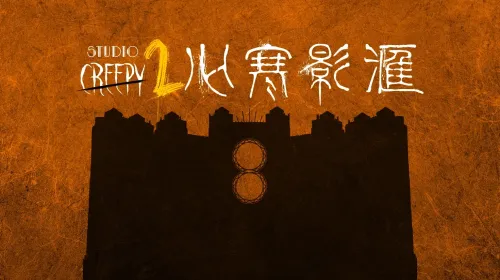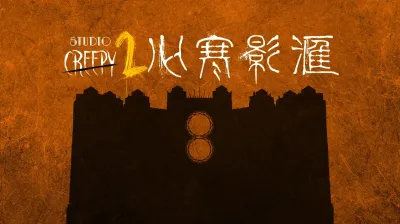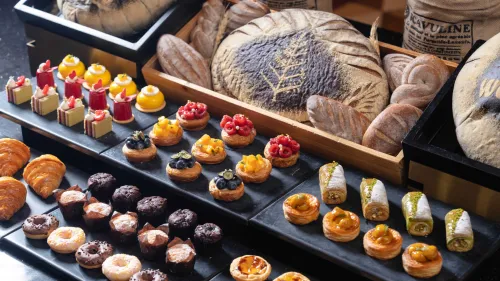These World Heritage Catholic Churches in Macau Are a Must-Visit

Macau is one of the best places to be if you’re looking for an east-meets-west kind of experience. When the Portuguese came in the mid-16th century, they brought their culture with them, including Catholicism, and built establishments that we still see today. Many of them have been listed as world heritage sites by the United Nations Educational, Scientific and Cultural Organization (UNESCO), which shows how significant they are as part of the city’s rich and diverse history. If you’re looking to visit churches specifically, here are some that you can visit and attend masses in if your schedule fits!
St. Lawrence Church

Also known as Igreja de São Lourenço, St. Lawrence Church is among the three oldest churches in Macau. It was originally built by the Jesuits in the mid-16th century, but has undergone changes through time, with its present structure carried out in 1846. It features a neo-classical structure and subtle Baroque decorative inspirations, with its main façade divided into three sections: a central section with a pediment featuring an oval emblem and two 21-metres-high square towers.
As its location overlooks the sea, it was also given the name "Feng Shun Tang" (Hall of the Soothing Winds) because its front steps became a gathering place for the family members of Portuguese sailors who pray and wait for their loved one’s return.
The church is open from 7 AM to 6 PM on weekdays and until 9 PM on weekends.
Location: Rua de São Lourenço
St. Joseph's Seminary and Church

Also known as Igreja e Seminário de São José, St. Joseph's Seminary and Church was established in 1728 and built in 1758. Along with St. Paul’s College, its old seminary served as the principal base for missionary works in China, Japan, and other parts of the region. It also taught an academic curriculum equivalent to universities and later received the royal title “House of the Mission Congregation” in 1800 from Dona Maria I, the Queen of Portugal.
The church is the only example of baroque architecture in China, according to UNESCO’s 2001 publication “Atlas mundial de la arquitectura barroca,” along with the Ruins of St. Paul’s. Its façade features a combination of yellow and white accent and measures 27 metres wide. The curved pediment features the Jesuit insignia at the centre, while the central dome rises up to 19 metres above the ground.
The church is open daily from 10 AM to 5 PM. The seminary, however, is not open to the public.
Location: Rua do Seminário
St. Dominic's Church

Also known as Igreja de São Domingos, St. Dominic's Church is a late 16th century Baroque-style church founded in 1587 by three Spanish Dominican priests who came from Mexico. It’s connected to the Brotherhood of Our Lady of the Rosary and where the first Portuguese-language newspaper in China, A Abelha da China (The China Bee), was published in September 1822.
The church features a combination of European and Macanese design through the use of Chinese-style roof tiles and teak for the doors. It was renovated in 1997, adding in a museum at the back (inside the bell tower) called the Treasure of Sacred Art Museum where over a hundred artifacts are in safekeeping.
If you’re planning to visit Senado Square (also a UNESCO heritage site), don’t miss out on this historical place. The church is open from 10 AM to 6 PM.
Location: Largo de São Domingos
St. Augustine’s Church

A short walk from Senado Square and Sir Robert Ho Tung Library, you’ll find St. Augustine’s Church. It was established by Spanish Augustinian priests in 1591, but has undergone changes in 1874, where it was revamped to the structure we see today.
It boasts a neoclassical look, with the façade featuring two pairs of Doric granite columns and a pediment where the Virgin Mary is set in the middle. Locals also call the church “Long Song Miu” (Temple of the Long-whiskered Dragon) because in the past, priests used to reinforce the rooftop with fan palm leaves during heavy rains.
The church is open daily from 10 AM to 6 PM and hosts masses in different languages, such as Portuguese, English, Cantonese, and Tagalog.
Location: 2 Largo de Santo Agostinho
Get the latest curated content with The Beat Asia's newsletters. Sign up now for a weekly dose of the best stories, events, and deals delivered straight to your inbox. Don't miss out! Click here to subscribe.




































